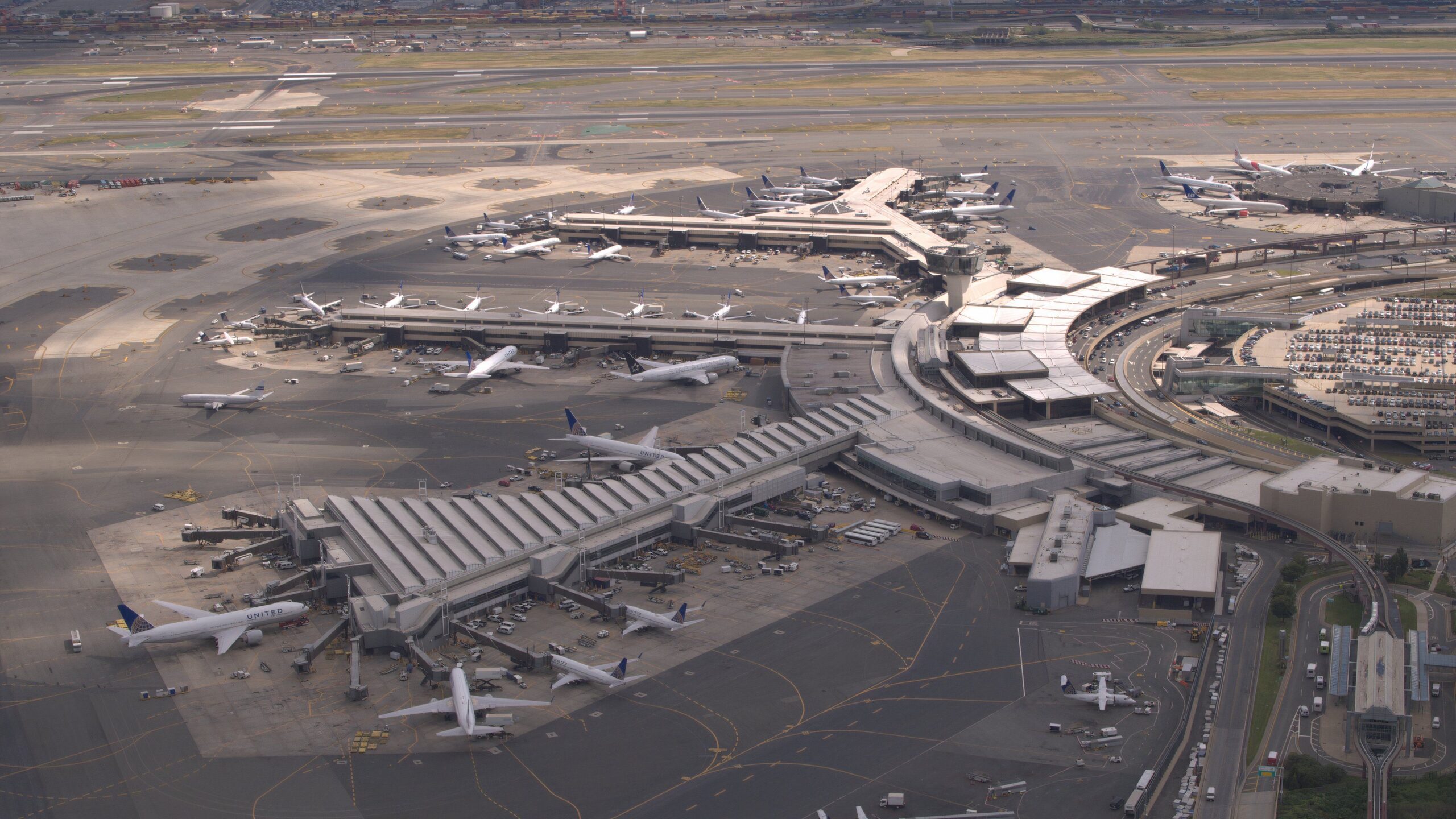Data from the relocation of 24 Air Traffic Controllers in late July shows that over 800 flights were delayed in less than two weeks at Newark Airport. While the initial disruptions to operations seen in late July and early August have subsided, a few delays have been reported even in September, caused by the FAA’s staff relocation.
Two dozen controllers moved from Newark to Philadelphia
In late July, the Federal Aviation Administration
(FAA) relocated 24 air traffic controllers from Long Island to Philadelphia, where they would still be handling traffic in and out of Newark Liberty International Airport
(EWR). The move occurred on July 28th, and data released by CBS News shows that 817 flights were delayed during this period until August 8th.
While the delays and disruptions caused by the initial move have subsided, there are still occasional delays occurring at EWR. The following statement was made to CBS by a former FAA Acting administrator,
The FAA just has better capabilities in Philadelphia to get those controllers trained and up to speed.
Reports suggest that the FAA, during the period of relocating controllers, had slowed the arrivals into EWR in order to allow for the controllers to settle into the new location from where they would be providing services.
While the United States as a whole is facing staff shortages in ATC, data shows that the majority of shortages are recorded within the New York area, which encompasses multiple major airports such as Newark, New York (JFK), and LaGuardia (LGA).
Shortage of around 3,000 controllers
A recent report also indicates that there is a shortage of about 3,000 air traffic controllers across the United States and that the FAA is actively trying to recruit more controllers. In fact, earlier this year, the US Secretary of Transportation, Pete Buttigieg, posted on X that the FAA has an aggressive goal of hiring 1,800 new controllers this year, and the window for applying was between April 19 and April 22nd.
Currently, with only 60% of the New York Area TRACON positions filled, data shows that even a few controller absences can potentially trigger significant flight disruptions, which can have a domino effect across the wider airline network across the country and possibly even beyond that.
A spokesperson for the FAA sent the following statement to Simple Flying:
The FAA successfully transitioned the airspace from N90 to the Philadelphia TRACON. We previously noted that we implemented traffic management initiatives to allow for an eased-in approach and let employees get comfortable providing service from the new location, including decreasing the arrival rates for aircraft into Newark.
This is a consistent practice whenever changes, including airspace transfers and facility consolidations, are implemented across the National Airspace System.
During the first two weeks of the switchover, the average arrival rate at Newark was 32 aircraft per hour. We have now increased the arrival rate to 38-40 aircraft per hour, which is the normal rate for Newark.
Due to severe weather along the east coast, combined with adjustments from the switchover, there were some delays in late July and early August. Over 80 percent of these delays were due to severe weather.
Over time, this airspace transfer will enhance efficiency for the millions of passengers traveling throughout the Northeast Corridor; enable FAA to recruit and train new air traffic controllers more quickly; and accelerate the implementation of modernization programs.
The agency is taking aggressive action to hire and train more air traffic controllers.
• In 2023, we hired 1,500 controllers and this year we will hire 1,800.
• We’re increasing the controller training pipeline by authorizing institutions in the Air Traffic-Collegiate Training Initiative (AT-CTI) program to provide the same thorough curriculum offered at the FAA Air Traffic Controller Academy, which will allow for immediate facility training upon graduation.
• We have a year-round hiring opportunity for experienced controllers from the military and private industry.
• We are enhancing training with modernized simulators to help us get new hires through training more efficiently.
Technological advancements to enhance traffic awareness
While a shortage of controllers can definitely impact the flow of traffic in and around an airport, a few steps can be taken to ease the problem, one of which is using new technology to enhance the controllers’ awareness of traffic at the tower.
Such technology was debuted earlier this year at Austin-Bergstrom International Airport
(AUS), where the
FAA deployed technology that improves controllers’ situational awareness
by utilizing data from the Automatic Dependent Surveillance-Broadcast (ADS-B) to show all aircraft and vehicles on the ground equipped with the system.
Photo: Gorodenkoff | Shutterstock
By utilizing this system, the controllers can see all traffic on the ground equipped with ADS-B on their screens, thus allowing for better situational awareness of the on-ground traffic even if the controllers do not have a direct line of sight.


